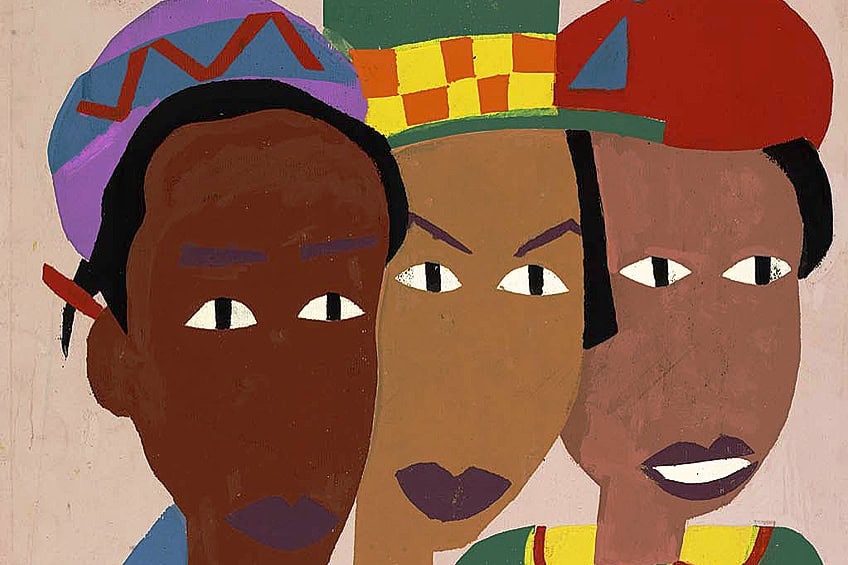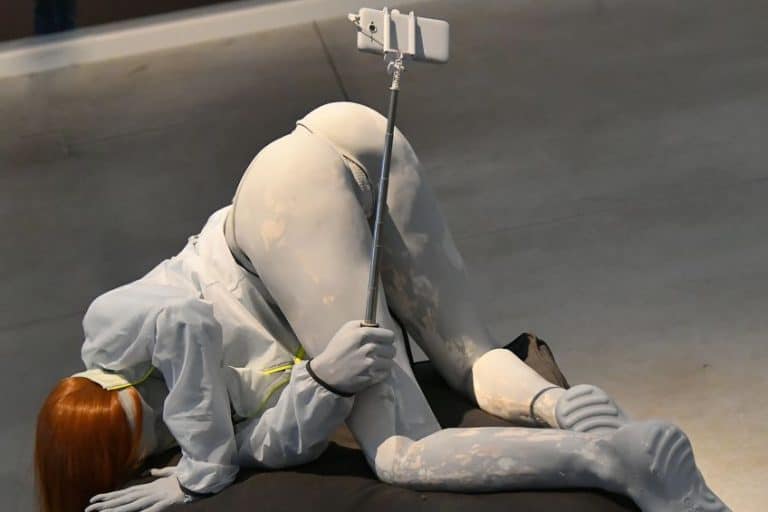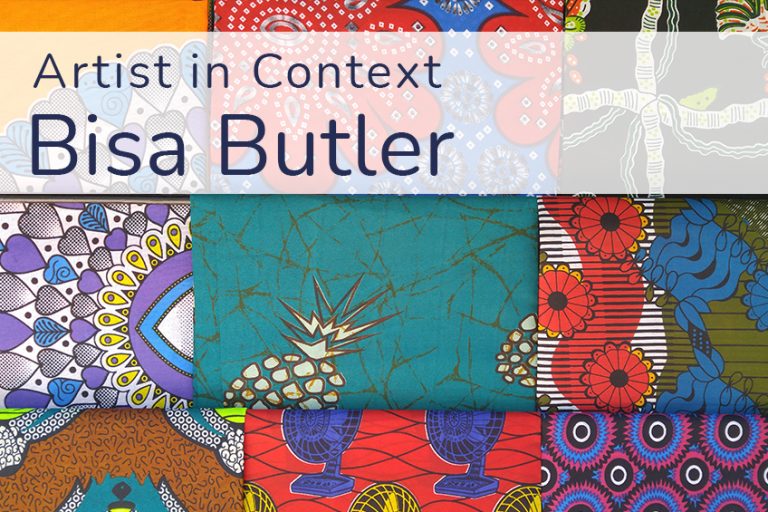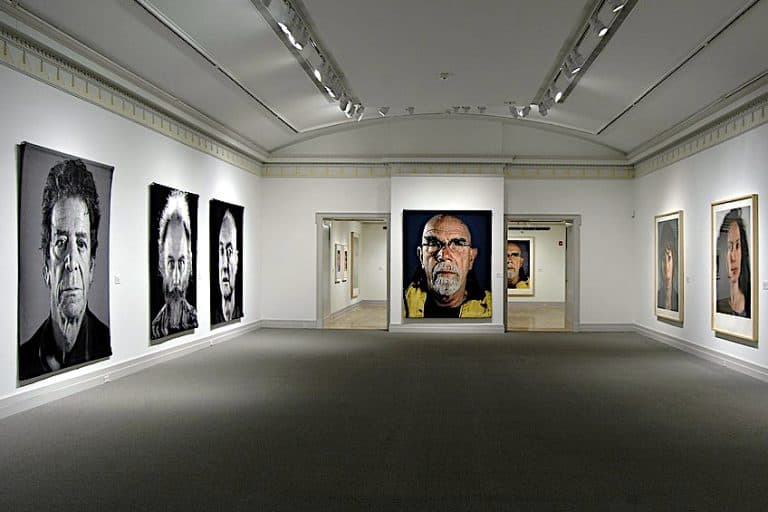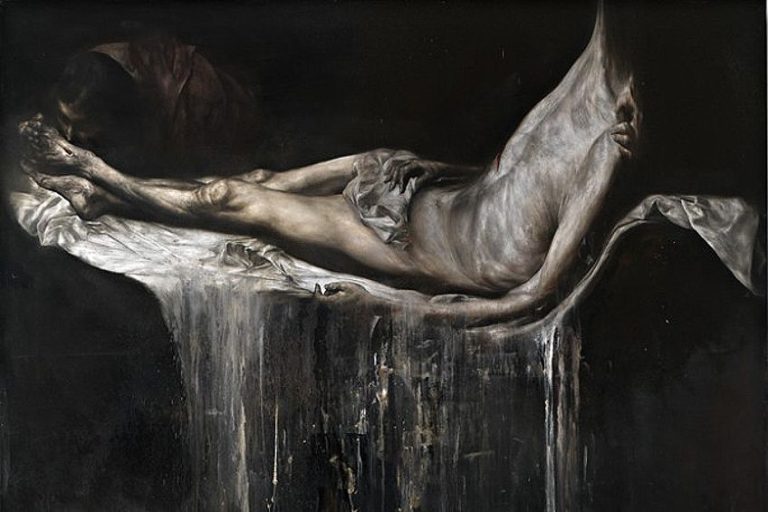African American Sculptors – From Tradition to Innovation
African American sculptors have played a significant role in shaping the art world with their unique perspectives and creative expressions. From the powerful and emotive works of Augusta Savage to the groundbreaking contemporary sculptures of Kara Walker, these artists have challenged conventions, explored cultural identities, and contributed immensely to the rich tapestry of artistic achievements. This article delves into the lives, works, and impact of notable African American sculptors, highlighting their contributions to art history and their ongoing influence on contemporary art.
Key Takeaways
- African American sculptors have made substantial contributions to American art, reflecting history and culture.
- Their journey represents resilience and encompasses both traditional and contemporary artistic styles.
- These artists have used their works to advocate social change and achieve recognition in the art world.
The Evolution of African American Sculpture
African American sculptors have been integral to shaping the landscape of American art, often reflecting the African American experience through their works. From the struggles of the past to the aspirations of the present, these artists have utilized sculpture to express the multifaceted dimensions of history and culture. Their contributions span both traditional and contemporary styles, signaling a diverse and evolving canon.

The artistic journey of African American sculptors marks a rich narrative of resilience and creativity. Notable figures such as Augusta Savage played pivotal roles during significant artistic movements, including the Harlem Renaissance, advocating against racial discrimination while carving a space for black artists. The achievements of Edmonia Lewis as the first artist of African American and Native American descent to earn international acclaim are a testament to the extraordinary talent and determination that characterizes this group of creatives.
Their works not only represent the American experience, but also demonstrate the power of art as a medium for social change and recognition.
The Roots in African Art
The early stages of African American sculpture are deeply intertwined with the cultural and artistic expressions of Africa. Sculptors of African descent brought with them the traditions and techniques of their homeland, which informed their creative output. These works often bore the intricacies of African motifs, which served as a means of preserving their rich heritage in a new and challenging environment. With the transatlantic slave trade and throughout slavery, these practices underwent an evolution, blending African influences with the realities of life in America.

Impact of the Harlem Renaissance
The Harlem Renaissance, a noteworthy period in American History, profoundly influenced African American artists. This cultural movement that spanned the 1920s and 1930s fostered a rebirth of Black arts and expression. Artists like Meta Vaux Warrick Fuller not only embraced traditional African themes but also illustrated the nuances of Black American experiences in their work.
Fuller’s neoclassical sculptures, for example, celebrated African American life and folklore, marking an important departure from pervasive racial stereotypes and highlighting the realities of Segregation and the ongoing struggle for equality.
Progression from Realism to Modernism
As African American sculptors navigated through the 20th century, their work began to shift from Realism to Modernism. Seeking to break away from traditional representations and narratives, these artists started to adopt more abstract forms and innovative techniques.

Their sculptures became vehicles for commentary on social issues such as Civil War, slavery, and the quest for equal rights. Modernism allowed for more personal expression, and the resulting diversity of styles reflected the multifaceted experiences of Black Americans, capturing their resilience and the ever-changing landscape of their cultural identity.
Prominent African American Sculptors and Their Works
This section explores the impact of African American sculptors from the 19th century to the present, tracing the evolution of themes from identity to sociopolitical issues.
Pioneering Figures and the Assertion of Identity
Edmonia Lewis stands as a seminal figure in the pantheon of Black artists, transcending limitations of her time and asserting a complex identity through her sculptural works. Born around 1844, Lewis crafted pieces that embodied African American and Native American cultural heritage, one notable example being The Death of Cleopatra, created in 1876. Her works are celebrated for their intricate detail and poignant subject matter.

Augusta Savage emerged as another notable African American sculptor who gained prominence during the Harlem Renaissance. Savage created powerful sculptures that reflected themes of Black identity and experience. Her most recognized work is The Harp, inspired by the song “Lift Every Voice and Sing,” which she designed for the 1939 New York World’s Fair.
Contemporary Artists and Sociopolitical Commentary
In more recent times, Elizabeth Catlett has been celebrated for her contributions to sculpture and her deft incorporation of sociopolitical themes. Catlett’s work often focuses on the lives and struggles of African American women, exemplified by her renowned piece Homage to My Young Black Sisters, crafted in 1968. Her works blend the aesthetics of modernism with the expressiveness of social realism. Modern sculptors continue to utilize their art as a means of commentary, using sculpture to address complex sociopolitical issues and provoke dialogue.
Their contributions are essential to the narrative of African American artistry, challenging perceptions and inspiring new generations of artists.
Artistic Expressions and Media
African American sculptors have pioneered unique artistic expressions by seamlessly transitioning from traditional materials to diverse, mixed media, integrating visual art forms like photography and painting into the three-dimensional display of sculptures.

From Traditional to Mixed Media
Initially, African American sculptors predominantly worked with traditional materials such as wood, stone, and metal. Over time, they expanded their repertoire by incorporating unconventional materials and techniques. These sculptors skillfully combine various forms of media including textiles, ceramics, and found objects to add dimensionality and context to their work.
Sam Gilliam is a notable figure who transformed the visual art scene with his drape paintings. Though primarily known for painting, his technique lent a sculptural quality to his canvases, playing with form and structure.
Sculptors also embraced printmaking and collage, creating complex narratives through layering and the juxtaposition of imagery and textures. The use of mixed media allows these artists to explore and express themes related to cultural identity, social issues, and historical narratives with enhanced impact.
Influence of Photography and Painting
The inclusion of photography in sculptures by African American artists serves as a powerful tool for realism and storytelling. Whereas traditional sculpture aims to represent form and volume, the integration of photographic elements introduces a new layer of meaning and a connection to real-world events and figures. Mickalene Thomas is recognized for her work that combines elements of painting, photography, and collage. Her art challenges the traditional definitions of beauty and identity, and her use of these medias often extends into the realm of sculpture as well.
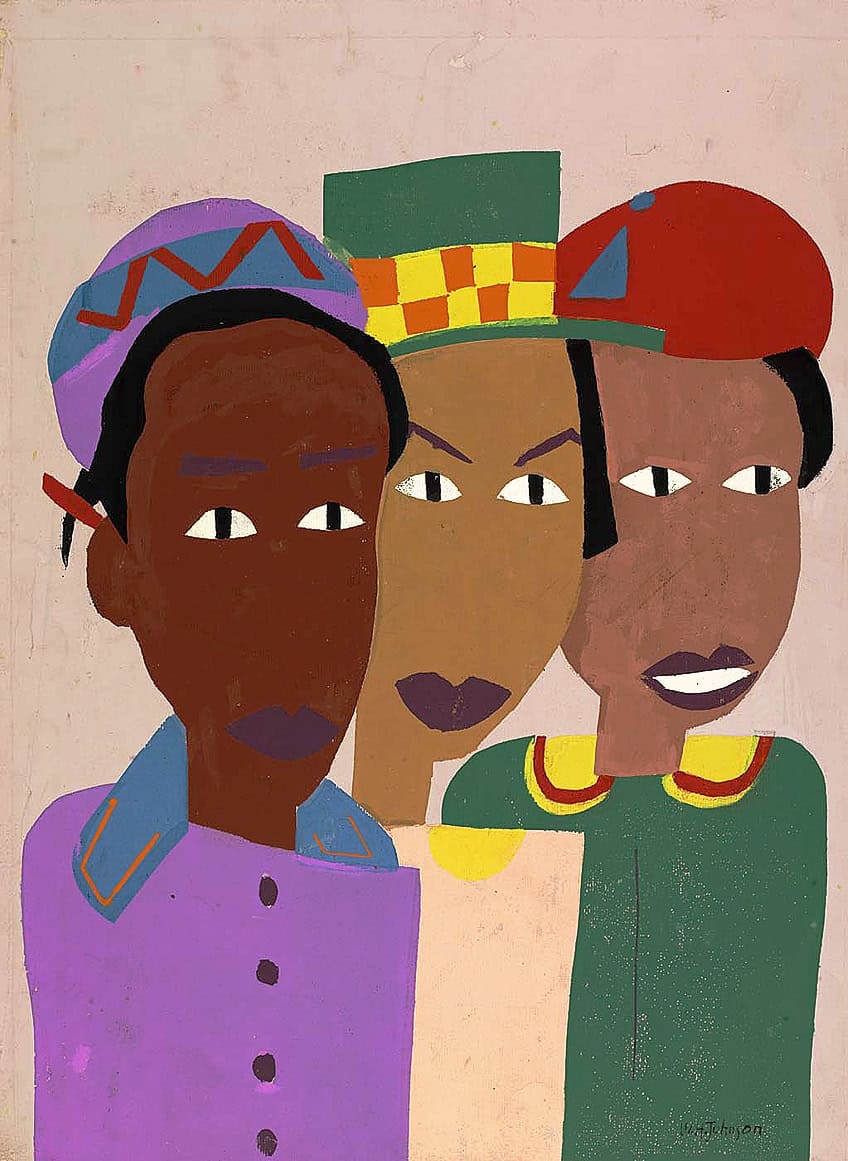
Similarly, the influence of painting in sculpture opens up an expansive palette of colors and techniques. Artists blend painted elements into their sculptures, often using bold, impasto strokes to evoke emotion and add vibrancy, thereby enriching the visual dynamics of their artwork. The interplay of shadow and light achieved through these methods, alongside the physicality of sculpture, presents a harmonious balance between two-dimensional representation and three-dimensional form.
Artists continue to employ new techniques including digital and video elements, pushing the boundaries of traditional sculpture into the realm of multimedia installations.
Cultural Impact and Recognition
African American sculptors have made indelible impacts on the cultural landscape, achieving recognition through prominent exhibitions and marrying art with activism. These artists navigate the complexities of faith, family, and racism, and their legacies continue to resonate within and beyond their community.
Exhibitions and Collections at Renowned Institutions
African American sculptors’ works have been pivotal in shaping the narrative of American art. Institutions like the Smithsonian American Art Museum and the National Association of Women Painters and Sculptors have recognized and showcased their contributions. The presence of these works in respected venues signifies a growing acknowledgment of their importance in the art world. For example, Harlem Renaissance artist Augusta Savage received commissions of great significance, including works for the 1939 New York World’s Fair.
Art and Activism in the African American Community
The intersection between art and activism has long been a terrain navigated by African American sculptors. For instance, Jacob Lawrence, widely revered for his portrayal of African American experiences, depicted the Great Migration, shedding light on the challenges faced by millions seeking to escape the systemic racism of the south.
Furthermore, the establishment of the Harlem Community Art Center allowed artists like Savage to provide arts education, encourage self-representation, and foster community engagement, thereby making art an active participant in the struggle for civil rights.
Legacy of African American Sculptors Today
The legacy of African American sculptors endures, with contemporary artists continuing to explore themes of faith, family, and racial identity. Their influence extends beyond art circles, reaching those who might not traditionally engage with art, while also inspiring a new generation of activists and artists. They carry forth a tradition of storytelling and representation, creating a dialog that transcends time and place, cementing their role as not just artists, but as pivotal historical figures who have chronicled the African American experience.

African American sculptors have left an indelible mark on the art world, showcasing immense talent, resilience, and a deep connection to cultural narratives. Through their sculptures, these artists have not only celebrated their heritage but also challenged societal norms, sparking important conversations and paving the way for future generations of artists. As we continue to appreciate and honor their contributions, it’s clear that their legacy will endure, inspiring and enriching the world of art for years to come.
Frequently Asked Questions
Who Are Some Prominent African American Sculptors Working Today?
Contemporary artists like Simone Leigh and Martin Puryear are at the forefront, celebrated for their craftsmanship and thematic depth. Leigh’s monumental works explore black female identity, while Puryear’s abstract forms interrogate history and culture.
Which African American Sculptors Have Significantly Contributed to the Art Community?
Historical figures such as Augusta Savage, Elizabeth Catlett, and Edmonia Lewis have left indelible marks on the sculpture medium. Their works not only shaped artistic movements but also provided a lens into the societal issues of their time.
What Are Some Notable Works by Young Black Sculptors?
Emerging talents like Kevin Beasley and Kahlil Robert Irving are creating thought-provoking pieces. Beasley’s use of everyday materials investigates the politics of race and consumerism, while Irving’s multimedia sculptures critique contemporary cultural and social issues.
How Have African American Sculptors and Artists Influenced the Modern Art Scene?
Through various practices that combine traditional techniques with new media, African American sculptors have helped to redefine the narrative of modern and contemporary art. They challenge viewers to reconsider historical contexts and current social dynamics.
Isabella studied at the University of Cape Town in South Africa and graduated with a Bachelor of Arts majoring in English Literature & Language and Psychology. Throughout her undergraduate years, she took Art History as an additional subject and absolutely loved it. Building on from her art history knowledge that began in high school, art has always been a particular area of fascination for her. From learning about artworks previously unknown to her, or sharpening her existing understanding of specific works, the ability to continue learning within this interesting sphere excites her greatly.
Her focal points of interest in art history encompass profiling specific artists and art movements, as it is these areas where she is able to really dig deep into the rich narrative of the art world. Additionally, she particularly enjoys exploring the different artistic styles of the 20th century, as well as the important impact that female artists have had on the development of art history.
Learn more about Isabella Meyer and the Art in Context Team.
Cite this Article
Isabella, Meyer, “African American Sculptors – From Tradition to Innovation.” Art in Context. May 2, 2024. URL: https://artincontext.org/african-american-sculptors/
Meyer, I. (2024, 2 May). African American Sculptors – From Tradition to Innovation. Art in Context. https://artincontext.org/african-american-sculptors/
Meyer, Isabella. “African American Sculptors – From Tradition to Innovation.” Art in Context, May 2, 2024. https://artincontext.org/african-american-sculptors/.


